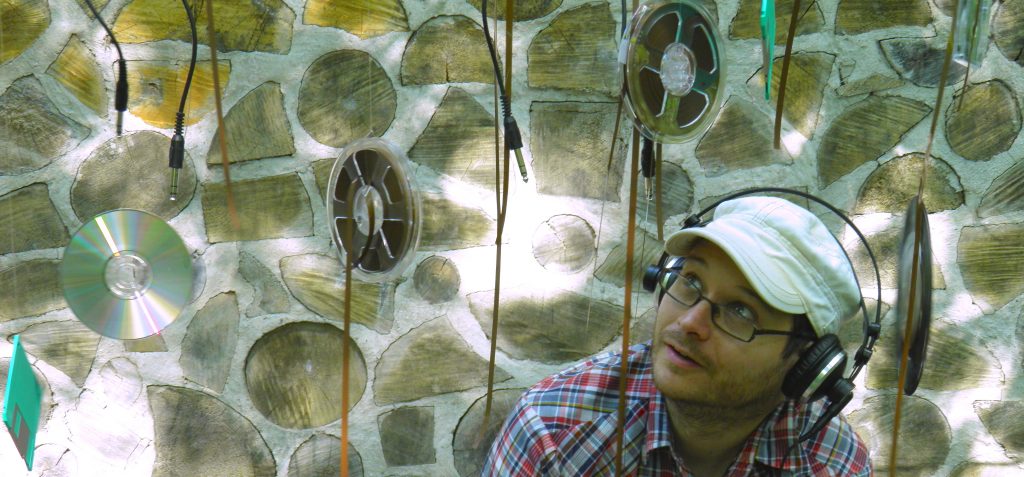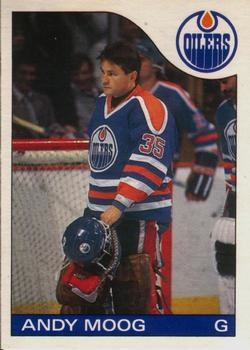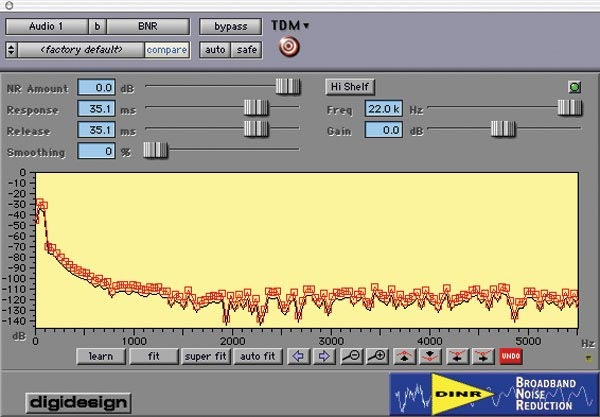
This is a guest post by Timothy Muirhead, a sound editor based out of Toronto and also co-host of the Tonebenders sound design podcast. You can reach him via twitter @azimuthaudio.
M.O.S. ….. We all know this means that no sound was recorded with the with the visual at hand. Most of us have heard that the origin of the M.O.S. is that a German director working in Hollywood, during the infancy of film sound, would call for shots in his thick Germanic accent to be “Mit Out Sound”. The crew started using M.O.S. on the cue sheets as a way of making fun of the director behind his back. But I recently read that this is most likely a film industry myth. M.O.S. really stood for “Motor Only Sync”. You can read the history of the phrase here, but basically the sound crew controlled the motor that would keep the camera and sound in sync. When they did not roll tape for sound, they still had to run the sync motor for the camera, so those takes would be “Motor Only”.
So right from the very beginning of sound for picture, the lingo and words used in the profession have been laced with confusion and inside jokes. 90 years ago, in 1927, “The Jazz Singer” was the first film released with a soundtrack and in all those decades since, sound for film has obviously changed dramatically. But audio shop talk is still completely confusing to outsiders. Why do I still say “rolling” when I go into record on my protools rig? Nothing is rolling! Why do location recordist still call out “Speed” when they are recording on set? No one was waiting for anything to churn up to full speed on set! These words have not been accurate for years and years.
Another way post-production audio discussions can feel impenetrable is the way professional audio gear requires us to have a handle on of a lot of different make and model numbers. Most manufacturers will have multiple different variations of the same basic product, each with its own unique model or version number. So with each new release announcement, you have one more little naming detail to file away in your brain – often it’s something like the difference between the 6032 and the 6042 or some other seemingly random sequence of numbers.
This whole “make and model” thing can be problematic because this is a business where normal educational milestones are sometimes not as important as one’s fluency in shop-talk. I imagine that a job interview in the standard business world might involve at least an acknowledgment of one’s degrees and/or diplomas and some alma mater name-dropping. Not so much in the audio post world though. I have never been asked what degree I have or where I went to college – it’s just not nearly as important as what projects I have worked on, the gear/software I am fluent with and who else in the industry I might know.
A familiar job interview scenario involves a studio owner giving the interviewee a tour of the studio while throwing gear names and version numbers around to see if the prospective hire can follow along or, better yet, has their own opinions on which model/version of “widget X” they prefer. The industry seems to thrive on building up it’s own language that outsiders don’t really understand and that helps distinguish the old pros from the newbies.
It is strange that once you are hired, the work can involve long hours of solitude in dark rooms, but to actually get the job you have to prove you can talk the talk. It is also true, that most audio post-production folk are genuine gear nerds, so they just want to be around others with the same interests. During a job interview the shop talk is as much of an audition for the social interaction around the studio as it is about your ability at a mixing desk or editing suite.
I’m sure everyone has experienced this embarrassing moment before: the mispronounced product name. There are a number of audio brands that are pronounced differently in different countries. For instance: when I was in college we recorded all the sync sound for our student films on Nagra reel-to-reel recorders. I loved those wonderful workhorses and had great fun learning to use them. They are built like tanks and can be relied on to get the job done. The malfunctions came later when I graduated and started interacting with the international audio community. Here in Toronto we pronounce it “NAy-gra” with an “a” like “apple” – but in other cities and countries, particularly in the US, it is pronounced “NAW-gruh”. Not different enough to cause confusion, but evidently different enough to raise some eyebrows.
Same goes for the “mogue” vs “mooo-g” pronounciation of the synth manufacturer Moog. I’ve been pronouncing it wrong since the 80s. I found out that I was incorrect because I heard straight from Bob Moog himself how it should be pronounced:
My excuse? When I was a kid, I was an avid fan of the Edmonton Oilers hockey team and they had a goalie named Andy Moog; the play by play announcers always called him out as “Mooo-g” and I’m sure that’s why I latched on to saying the name that way as well.

Another name that’s tripped up almost every North American english-speaking audio pro is Schoeps. This German microphone manufacturer’s handle is unusual enough that I’m not sure anyone on this side of the Atlantic is really getting it right, though a lot of audio geek one-upmanship has pivoted on this one little word. I’d been very familiar with the brand and its products for many years before I ever actually said the name out loud. In my head that whole time I had been saying “show-ps” but I have since learned that the consensus is “sheps”. To settle the argument, I have confirmed this by snooping around the videos on the brand’s website. Although the employees who say it onscreen have thick German accents, I think “sheps” is close enough to pass muster.
Another audio term that seems to be pronounced differently in different regions is the short form of Lavalier microphones. Some people say “Lah-vs” while others say “Law-vs”. I have no idea which is correct anymore.
Beyond the confusion caused by pronunciation, audio companies also like naming things with acronyms, often confoundingly missing key letters. For instance Protools’ first de-noising plugin was called DINR. I have heard it pronounced “diner”, “dinner” or simply spelled out as “dee-eye-en-are”. I actually still don’t know what the proper way is, but luckily I use newer, much better, and more straightforwardly-named plugins, like RX* , and don’t give much thought anymore to DINR. One less thing to remember!
(Although I have heard RX’s manufacturer pronounced as both Eye-zo-tope and ice-i-tope)

I am sure as I get older I will have more and more trouble with all the model and version numbers out there. For now at least I have “play,” “record” and “save” all figured out, and really how much more do you need?